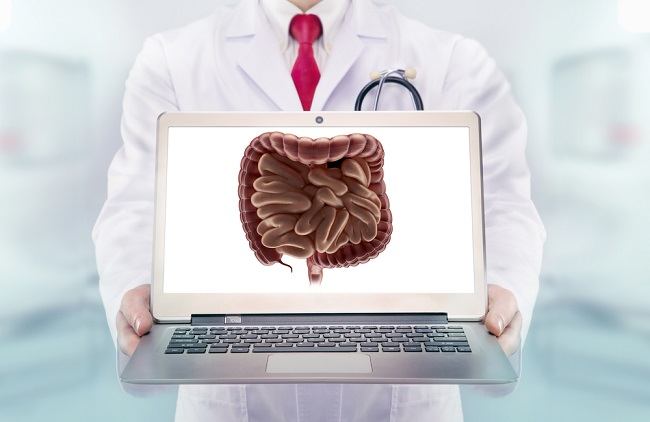Understanding the Human Digestive System
Se mua food and beverages that enter the body, will pass through the processing in the digestive system. There are many organs involved in the human digestive system, to create the foods you eat can be digested and absorbed by the body .
The human digestive system is designed to convert any food you consume into nutrients, which will be used for the process of cell body development and improvement, as well as a source of energy. To be able to use them as nutrients, the body needs to convert proteins into amino acids, fats into fatty acids, and carbohydrates into sugars.

Organ on Human Digestive System
To be used as a source of energy, food and beverages that enter the body must be processed first. The process is quite complicated and long. At least, it takes about 30-40 hours before the rest of the digestion of food is dumped through the bowel movement.
When processing food, there are many organs involved in the process. Here are some of the organs that are responsible for the human digestive system:
- Mouth
The digestive process starts from the mouth. Inside the mouth, food is bitten, chewed, and crushed until smooth. Saliva mixed with food will break down the chemicals in the food and make the food soft and easy to swallow. The tongue also helps to direct the food in the mouth to be bitten by the teeth, and encourages it to be swallowed.
- Throat and esophagus (eso f agus) After swallowing, food will pass through the throat (pharynx) and esophagus (esophagus). The esophagus is a channel that is about 25 cm long, from the pharynx to the stomach. The esophagus will deliver food that has been swallowed for further processing in the stomach. Inside the esophagus, there is a valve called the epiglottis. This section serves to protect the airways when swallowing food or drink. If food or drink goes into the respiratory tract, then you may experience coughing or choking.
- Stomach
Where the hull meets and the tip of the esophagus is guarded by a special muscle called lower esophageal sphincter. This muscle serves to keep food that has been entered and processed in the stomach does not go back up into the esophagus. When entering the stomach, the food will be stirred and ground. Stomach secretes acid and enzymes to continue the process of breaking food. In addition to breaking food, the stomach can kill bacteria that may exist in the food consumed. In the stomach, the food will be made into a solid liquid or a paste, and will then be pushed into the small intestine. - Intestines h alus
Food that has become a solid or semi-solid liquid in the form of a paste (also called a chyme or chyme), is then pushed into the small intestine. The small intestine consists of three parts, namely duodenum (the twelve fingers), jejunum (empty intestine), and ileum (the last part of the small intestine), which has their respective tasks. Food moves from one part to another part of the intestine with the help of intestinal peristaltic movement. Peristaltic movement is a series of contraction movements and muscle relaxation in the digestive tract, which serves to encourage food. Duodenum is responsible for continuing the process of breaking food, while the jejunum and ileum are responsible for the process of absorption of nutrients into the bloodstream. The small intestine will continue the process of breaking food by using enzymes released by the pancreas, and bile from the liver. - Intestines b esar After nutrition in the food is circulated to the blood, then of course there is residual digestion of food in the form of waste. Waste to be removed from the body is processed first in the large intestine. Before disposal, waste will pass through parts of the colon called colon. Anatomically, the colon starts from cecum (pronounced cecum), located in the lower right abdominal cavity. The appendix is located in this section. In the colon, absorption of water and some minerals into the blood. Furthermore, the large intestine will encourage waste of food in the form of impurities into the rectum, the last stop on the digestive tract. Furthermore, when this excrement gets excreted through the anus, you will experience heartburn and bowel movements.
The human digestive system must be healthy in order to function properly for food processing. Some diseases that often occur in the digestive system is ulcers, gastric acid disease, diarrhea, constipation, and hemorrhoids. Disturbances in the digestive system if not handled in the long term can affect a person's nutritional status.
To maintain the health of the digestive system, you are advised to drink lots of water and increase consumption of high-fiber foods, including fruits, vegetables, and grains. If you have problems and disturbances in the human digestive system, consult your doctor immediately to get proper treatment.